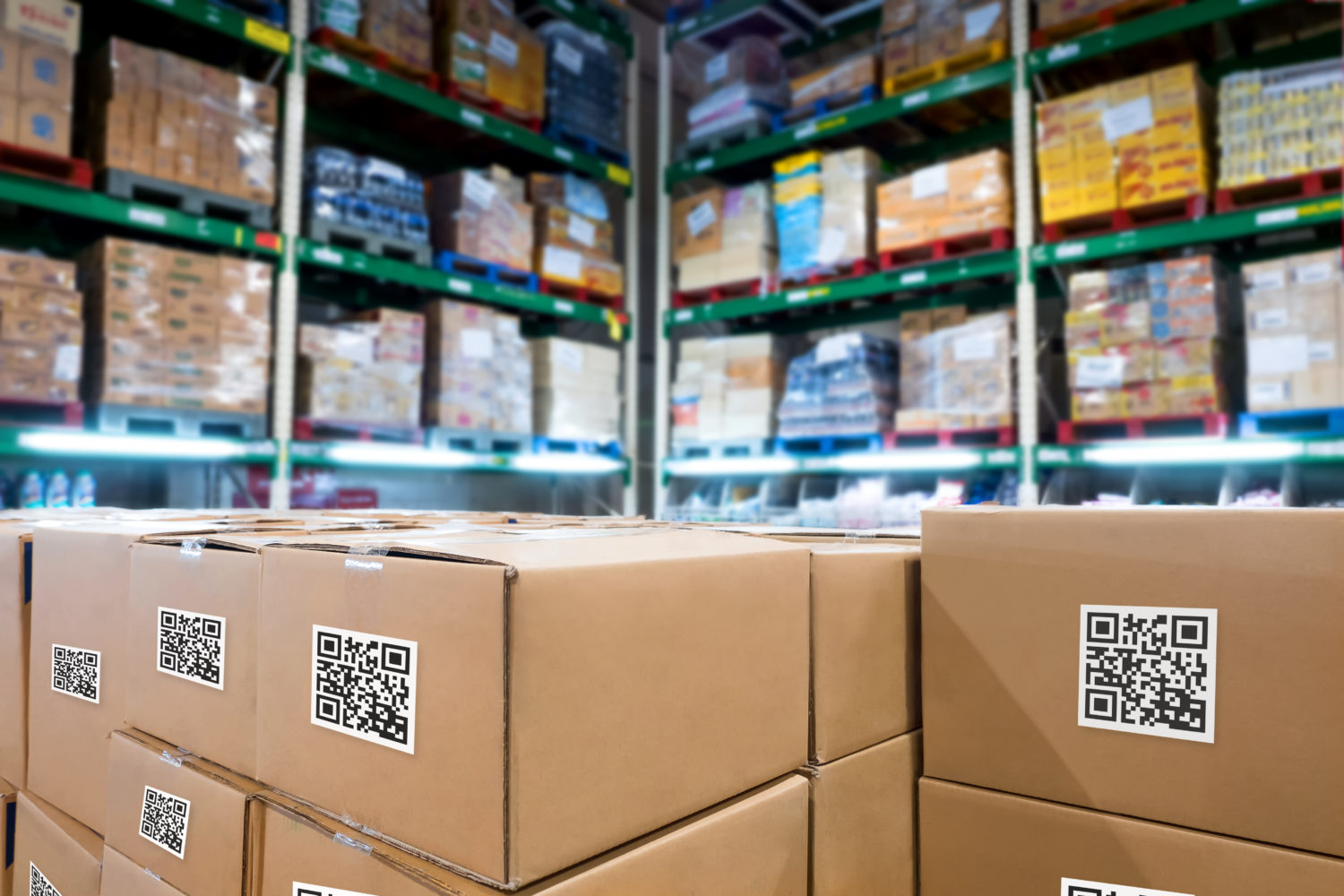We’ve seen supply chain issues ebb and flow since the beginning of 2020. Sometimes, that meant shipments arrived later. Other times, they never arrived at all.
Supply chain disruptions have caused uncertain times and increased prices for businesses and consumers alike as we have struggled to get the resources we need when we need them. As we head into a new year, you should expect—and prepare—for the worst in your supply chain.
How are businesses being disrupted?
A supply chain is the system of activities, organizations, information, resources, and people required by an organization to deliver their goods or services to a consumer. Each stage in the chain is interconnected—one step cannot happen until the prior step is complete.
This means a seemingly small event can cause a massive disruption of the entire chain, leading to businesses being unable to deliver on the goods and services they promised their consumers in the time that they promised them.
In recent years, COVID-19 has been the most talked about impact on global supply chains, but natural disasters, transportation failures, product problems, price fluctuations, and cyber-attacks can also cause disrupt the supply chain process.
A few examples to consider:
- It’s not just COVID. An increase in natural disasters, coupled with a staffing shortage in the transportation industry, has led to a spike in both construction materials and produce for your kitchen table.
- Unexpected links. Having a hard time purchasing a used car these days? This is a direct result of the near shut-down of the travel industry in 2020. Rental car companies slashed their purchases due to a decrease in demand. This, in turn, meant fewer gently used cars flowing back to dealership lots.
- A little thing can make a big impact. One of the largest paper mills in the United States closed down in 2020. This means your organization may be clamping down on the number of copies, or you may see increased lead times for the production of marketing materials.
What is the result?
There are two major results of ongoing disruptions to a supply chain:
Inflation
In Economy 101 we learned as the demand for goods outweighs the supply, prices increase. As we stated earlier, all of the pieces of the chain are interconnected. This means when there is a price increase from one member in a supply chain, we will likely see a reactionary increase from the others. This “chain reaction” leads to an overall increase in pricing across the economy. Without a corresponding increase in wages, we are left with a situation where every dollar buys less.
Lost Revenue
The other result of disruptions to the supply chain is lost revenue and potentially excess inventory. Let’s say you are planning to buy your kiddo a very specific toy for Christmas. The company that makes the toy has all of their inventory stuck on a container ship. You, of course, are not going to wait until after December 25th to purchase a gift, so you select something else. Now it’s the second week in January, and our toy manufacturer final receives his inventory. Too late! The demand is gone and our manufacturer is left either holding inventory on his books or will potentially need to discount his prices to sell the toys.
How can I prepare for a supply chain disruption?
Consider your contracts and prices today
Even if you are not yet feeling the effects of the supply chain disruption at your company, now is the time to take proactive action. Review contracts with your vendors to see if you can get more favorable payment terms. Also consider taking a slight price increase to cover the coming inflation or give yourself a buffer for any lost revenue.
Invest in the right technology
Companies that integrate supply chain management systems into their enterprise resource planning can gain value from predictive analytics and automated alerts. By staying connected with your suppliers, production facilities, warehouses, and sales organization, you can foster a network that’s communicative and avoids volatility when disruptions occur.
Build up inventory
When times are good, slowly creating a stockpile of supplies that can pad your business through a few weeks or months can help prepare you for a temporary disruption.
Use multiple suppliers from different countries
If all of your suppliers are in the same place, you can and will be susceptible to a shortage if a spike in coronavirus cases occurs there and the area has to go on lockdown. Nearshoring or using suppliers from within your own country will help to lessen issues with port shutdowns, but if you can’t find alternative suppliers outside of one country, try to make sure they’re not all clustered in the same region. Diversifying your supply base can ensure you’re able to get some things in, even when a disruption occurs.
Identify weak spots in your supply chain
Similarly, if you can take some time to identify where the weak spots in your supply chain are—where the most delays have come from—you can then try to find alternatives to these suppliers.
Be wary of overconfident suppliers
Sometimes, suppliers might be overpromising their ability to deliver. If a supplier seems overconfident, assess if they’ll be able to keep their word by asking how they’ll be able to stick to deadlines. Are they opening a new facility? Adding new lines? Hiring more people?
When supplies are scarce, fakes also become a problem. Keep an eye out for quality degradation, as this can indicate the product you received is counterfeit.

